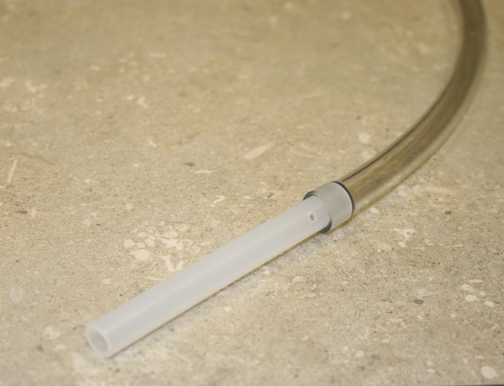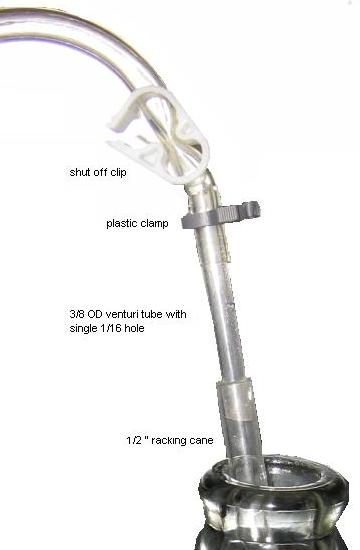noremorse1
Well-Known Member
Interesting point, nomorese1. Here's some stuff I cut-and-pasted from Danstar's website.
So, the way I read this is that Danstar says "There are enough lipids in our dry yeast that aeration isn't as important, for 'standard' beer." Interesting. This may also play into the many anecdotal accounts we see here on fast and powerful fermentation starts with Nottingham.
Nevertheless, I aerate the wort no matter what I'm pitching into it. It's an ingrained part of my process -- and, IMO, still necessary to make the best beer one can.
Agreed. I just pitched some Nottingham into a beer with an OG of 1.070 and you can bet I aerated before doing so.




















































![Craft A Brew - Safale S-04 Dry Yeast - Fermentis - English Ale Dry Yeast - For English and American Ales and Hard Apple Ciders - Ingredients for Home Brewing - Beer Making Supplies - [1 Pack]](https://m.media-amazon.com/images/I/41fVGNh6JfL._SL500_.jpg)






